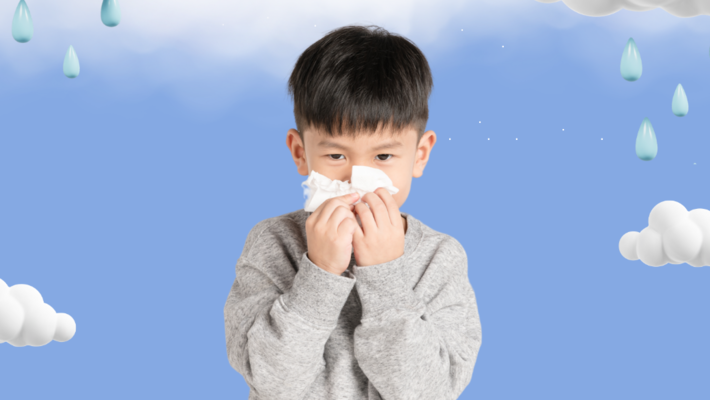RSV virus spreads heavily in late rainy season!
Health News
28 Jun 2025
views
RSV virus spreads heavily in late rainy season!
RSV, or Respiratory Syncytial Virus, is a virus that affects both the upper and lower respiratory tracts, often causing the body to produce an excessive amount of mucus.
While many may not be familiar with the term RSV, most parents or guardians are—because it’s one of the most common viruses affecting young children, especially during the late rainy and early winter seasons.
High-risk groups to monitor closely :
- Children under 2 years old (especially under 3 months)
- Premature babies
- Children with underlying conditions (e.g., heart disease, low immunity, malnutrition)
- High fever (39–40°C) lasting several days
- Coughing with phlegm and thick mucus
- Rapid breathing, wheezing, or shortness of breath
- Pale or bluish lips and body
- Lethargy, poor appetite, lack of alertness Seek medical help immediately if any of these signs appear!
- Wash hands frequently—both children and adults
- Avoid crowded or poorly ventilated places
- Clean toys, towels, and handkerchiefs regularly
- Keep the home clean and well-ventilated
- Visit a doctor if your child shows cold-like symptoms or breathing difficulty
Treatment of RSV
Currently, there is no specific antiviral or antibiotic for RSV
For mild symptoms (similar to a cold), care can be managed at home with :
- Paracetamol to reduce fever
- Tepid sponging
- Ensuring proper hydration and nutrition
- Monitoring symptoms carefully
- Hospitalization may be required
- IV fluids may be administered
- If breathing becomes difficult or oxygen levels drop, high-flow nasal oxygen therapy may be used
- In cases of respiratory failure, mechanical ventilation may be necessary

Follow Our Social Network


